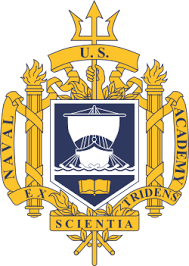Understanding the US Naval Academy: A Hub for Future Leaders

Introduction
The US Naval Academy, located in Annapolis, Maryland, serves as one of the premier military training institutions in the United States. Established in 1845, the academy plays a crucial role in preparing young men and women for leadership positions in the United States Navy and Marine Corps. As global security dynamics evolve, the importance of the Naval Academy is increasingly significant, providing a structured environment where future leaders undergo rigorous academic and military training.
The Academy’s Structure and Mission
The mission of the US Naval Academy is to develop midshipmen morally, mentally, and physically, instilling in them the values of duty, honour, and loyalty. The curriculum is quite demanding, combining traditional academics with professional military education, character development, and physical training. Midshipmen are required to take courses related to engineering, science, and military history, ensuring they are well-rounded and capable of making informed decisions in high-pressure environments.
Recent Developments
In recent years, the US Naval Academy has made strides towards inclusivity and diversity. The 2021 class marked a historic milestone with the highest percentage of women admitted, reflecting a broader shift within the military towards gender equality. Additionally, the academy has launched new initiatives aimed at improving mental health resources for its students, acknowledging the pressures that come with such a rigorous educational environment.
Significance and Future Outlook
The US Naval Academy not only contributes to the military but also plays a significant role in national security and international relations. Graduates serve in various capacities, including conflict resolution and diplomacy, demonstrating the academy’s impact beyond combat situations. As geopolitical tensions rise, the demand for well-trained naval leaders is likely to increase, enhancing the academy’s significance in future military strategies.
In conclusion, the US Naval Academy continues to be a vital institution in American military education. As it adapts to changing societal values and global challenges, its influence on the Navy and Marine Corps—and indeed on international military relations—remains formidable. The academy is poised to train the leaders of tomorrow, ensuring that they are equipped with the skills and values necessary to navigate complex global challenges.









